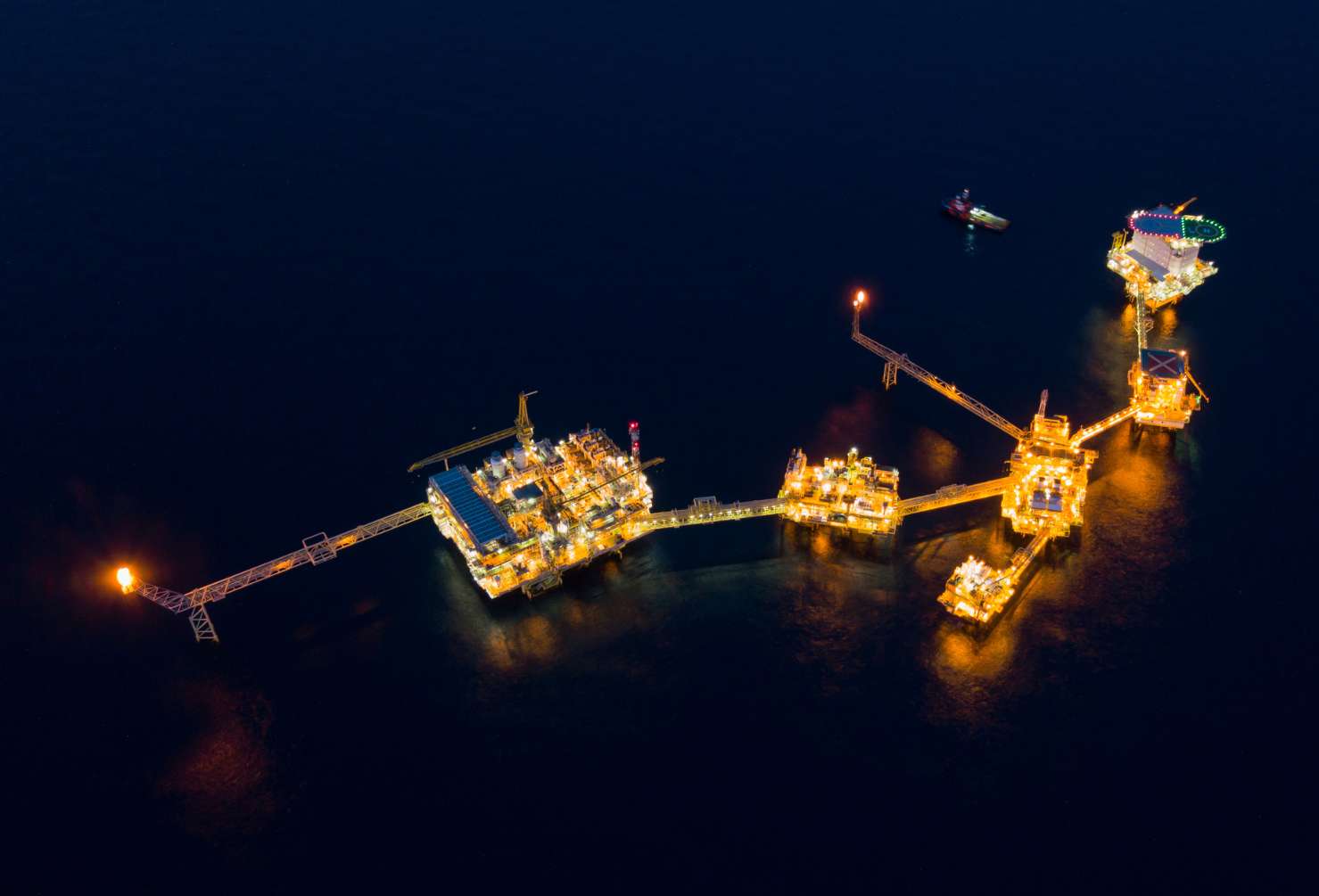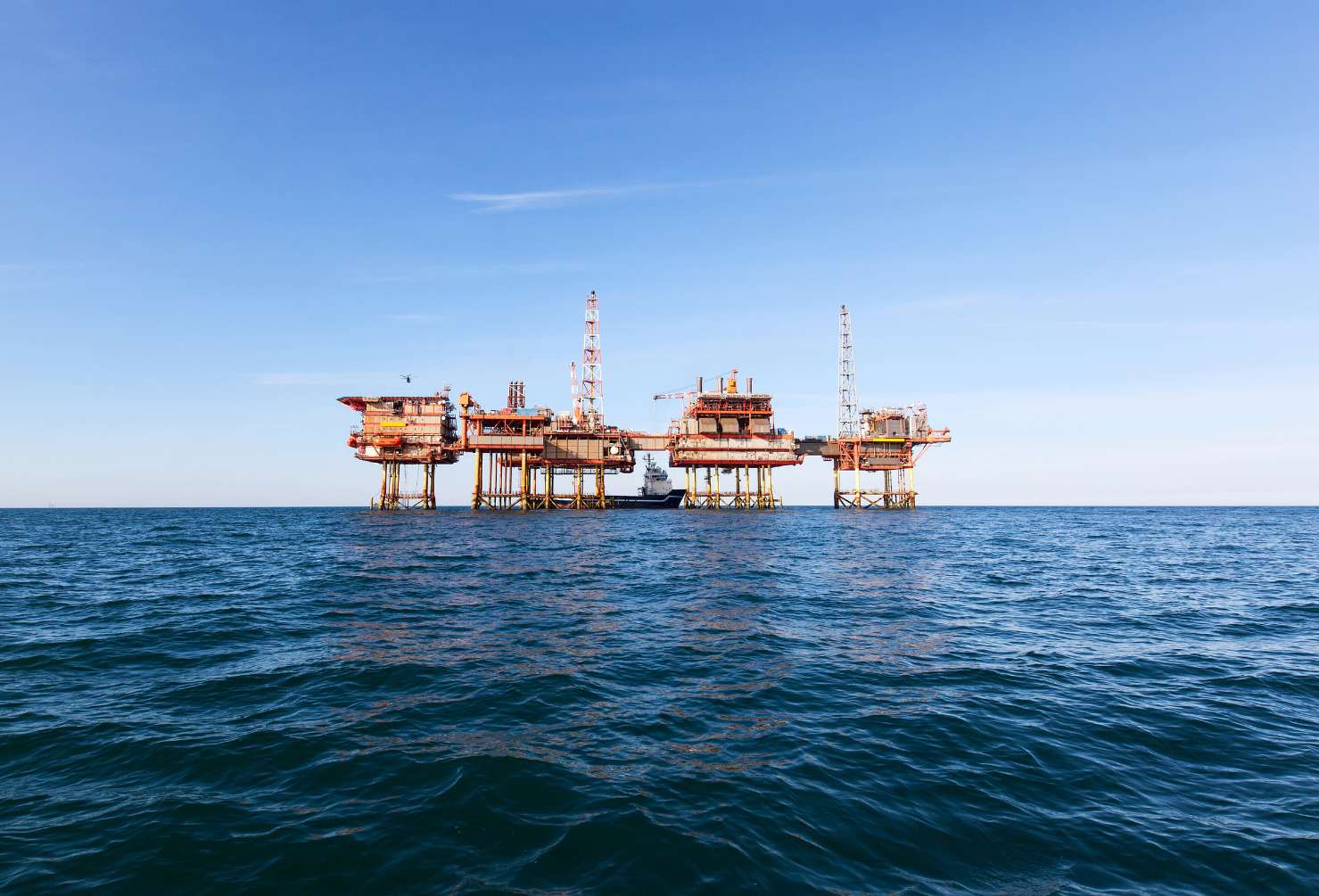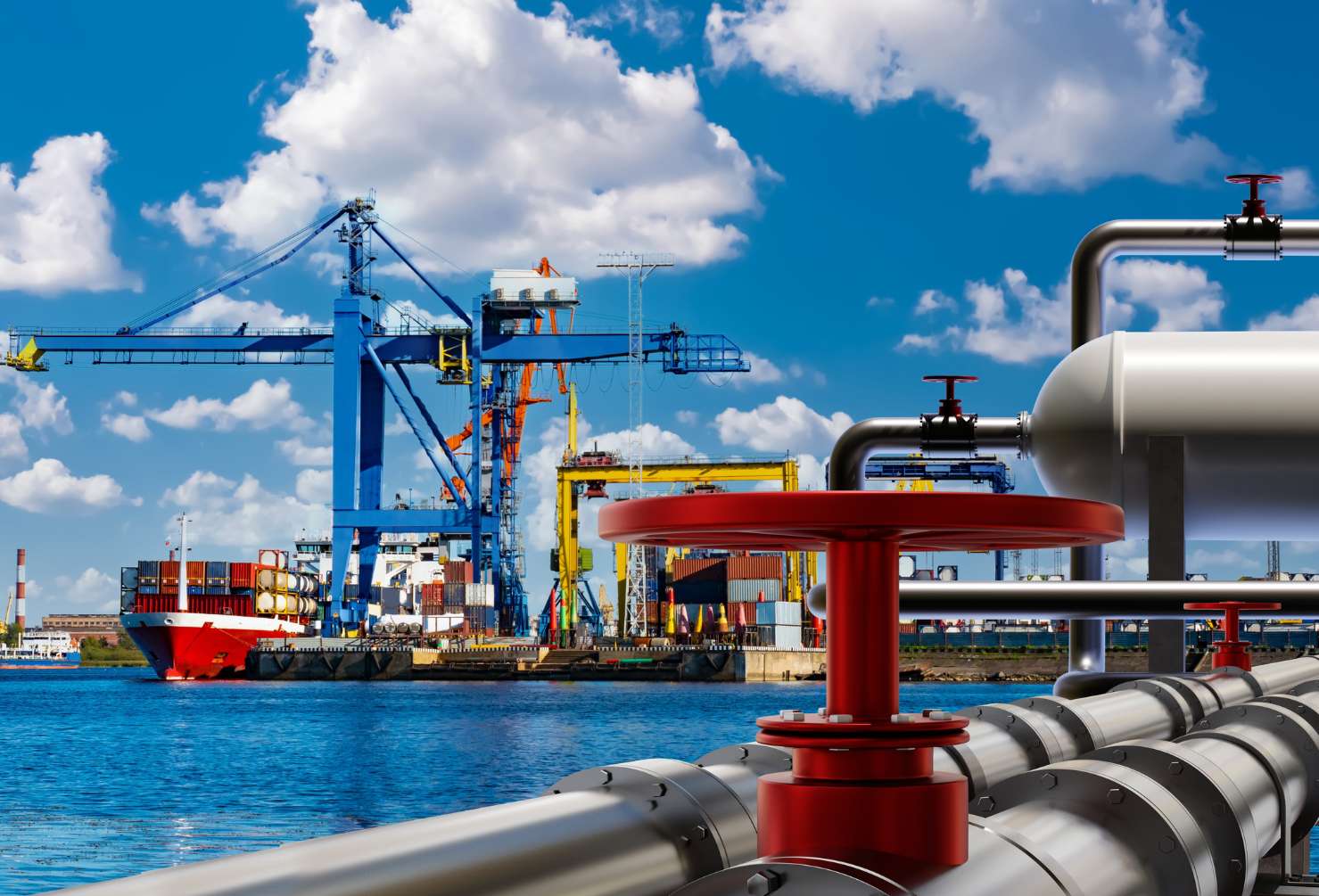
Australia’s upstream gas sector is experiencing a resurgence. After a period of uncertainty driven by shifting policies, environmental approvals challenges and the global energy transition, large-scale gas projects are once again pushing ahead. From new field developments to brownfield expansions, this return is creating significant demand for skilled workers across the country.
In this article, we explore what is driving this renewed focus on large-scale gas, where the workforce opportunities lie and how employers and workers can position themselves for success.
What’s Behind the Upstream Gas Revival?
Several factors have come together to create the conditions for upstream gas projects to regain momentum:
- Energy security priorities: Recent supply challenges and rising east coast gas prices have put domestic supply back on the national agenda. Governments and industry are working to ensure Australia has reliable gas for both local use and export.
- Major project approvals: High-profile developments such as the Scarborough gas field, Browse, and the North West Shelf life extension have cleared key regulatory hurdles, paving the way for investment.
- Export demand: Australia remains a major supplier of LNG to Asia, with strong demand from key trading partners helping underpin large-scale projects.
These factors are combining to drive new activity and unlock jobs across upstream exploration, production and supporting infrastructure.
Where Workforce Demand Is Growing
The return of large-scale gas is generating workforce demand at every stage of the upstream lifecycle. Key areas include:
1. Exploration and drilling
New field developments and expansions mean strong demand for:
- Drilling crews
- Well site geologists
- Mudloggers and directional drillers
- HSE personnel specialising in drilling operations
2. Construction and development
Bringing gas to market requires significant construction activity, creating jobs for:
- Mechanical fitters
- Pipefitters and welders
- Electricians and instrumentation technicians
- Civil construction workers
- Supervisors and project managers
3. Operations and maintenance
As production ramps up, operators will need:
- Process operators
- Maintenance technicians
- Control room staff
- Asset integrity and inspection specialists
Employers will need to secure a wide range of skills, often at the same time as competing projects look to hire from the same talent pool.
Implications for FIFO and DIDO Workers
For field-based workers, the return of large-scale gas projects presents strong opportunities:
- Steady, long-term employment: With major projects expected to operate for decades, workers can secure jobs with stability and good conditions.
- Diverse work scopes: From construction and commissioning through to operations and maintenance, there will be opportunities across different phases of the project lifecycle.
- Pathways into supervisory and specialist roles: As activity increases, demand for experienced workers to step into leadership roles will grow.
FIFO and DIDO workers will play a central role in delivering these projects, particularly in WA, the NT and regional Queensland.
Employer Challenges in a Hot Labour Market
For employers, the surge in upstream gas activity will create both opportunities and challenges. Key issues to navigate include:
- Labour competition: With multiple large projects running at the same time, the competition for skilled workers will intensify.
- Retention strategies: Employers will need to focus on keeping key personnel through competitive pay, conditions and development opportunities.
- Training and upskilling: Building capability within the workforce will be critical to meeting demand, particularly for trades, operators and supervisors.
- Diversity and local employment: There will be increasing focus on supporting Indigenous employment, regional communities and local supply chains.
Planning early and building strong workforce strategies will be key to success in this environment.
How Workers Can Make the Most of the Opportunity
For oil and gas professionals, now is the time to prepare for the wave of upstream gas activity. Actions to consider include:
- Keeping certifications current: Offshore tickets, high-risk work licences and trade certifications will be essential.
- Exploring upskilling options: Workers who can bring additional skills, such as digital operations knowledge or experience across multiple trades, will stand out.
- Considering mobility: Flexibility to work across different regions and project phases can open up more opportunities.
- Positioning for leadership: With demand growing for supervisors, foremen and project leads, experienced workers should consider leadership development.
The return of large-scale gas means long-term career prospects for those ready to seize the moment.
Where the Jobs Will Be
Large-scale gas projects will drive job creation in several key regions:
- Western Australia: Scarborough, Browse and North West Shelf activities will dominate workforce demand.
- Northern Territory: Onshore gas exploration and development, including the Beetaloo Basin, will create roles for field workers and support staff.
- Queensland: Continued development of coal seam gas fields will contribute to steady demand.
These regions will rely heavily on FIFO and DIDO workforces, supported by regional hubs and local contractors.
Supporting the Energy Transition
While large-scale gas projects are often discussed in the context of traditional energy, they also have a role to play in the transition to a lower-carbon future. Many upstream gas developments:
- Include plans for lower emissions operations through improved efficiency and technology
- Provide gas to support the shift away from higher-emission fuels
- Contribute to the stability of the national energy grid as renewables continue to scale
This means that workers in upstream gas can play a role in both delivering energy security and supporting Australia’s transition objectives.
At Enxgy, we work with employers and workers across Australia’s oil and gas sector to help meet the workforce demands of large-scale gas projects. We understand the unique challenges of securing talent in a competitive market and can support employers with tailored resourcing solutions.
For workers, we provide access to exciting opportunities in upstream gas that offer stability, good conditions and long-term career prospects.
Get in touch with our team to learn how we can help you succeed in this new phase of growth for Australia’s oil and gas industry.





